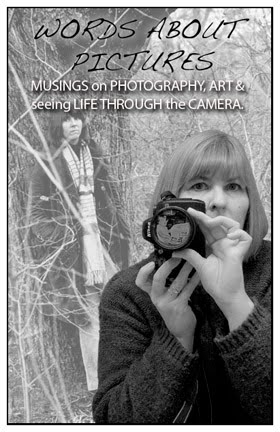I remember the first time I saw a great horned owl up close, when I visited what is now called the Mercer County Wildlife Center near Washington Crossing State Park as a child. We often had school field trips to Washington Crossing State Park, NJ (there are two parks, one on the New Jersey side of the Delaware and one on the Pennsylvania side). A volunteer was holding a great horned owl and talking about the owl with our school group. One child ran up, and before anyone could stop him, reached up to touch the owl. The owl demonstrated its swift razor-sharp bite and took a chunk out of the child's finger.
Like many owls, great horned owls lead rather secretive lives. Recently the Washington State University Veterinary Teaching Hospital began treating nine rescued owlets, something rarely seen. One set of owls was in a nest that came down when somebody cut down a tree. The other set was nesting in a chimney. Nests are usually up very high, with the parents aggressively protecting them.
I have a few owl images in my Talons Gallery. Check out some of my snowy owl images in the March 11 post.




































